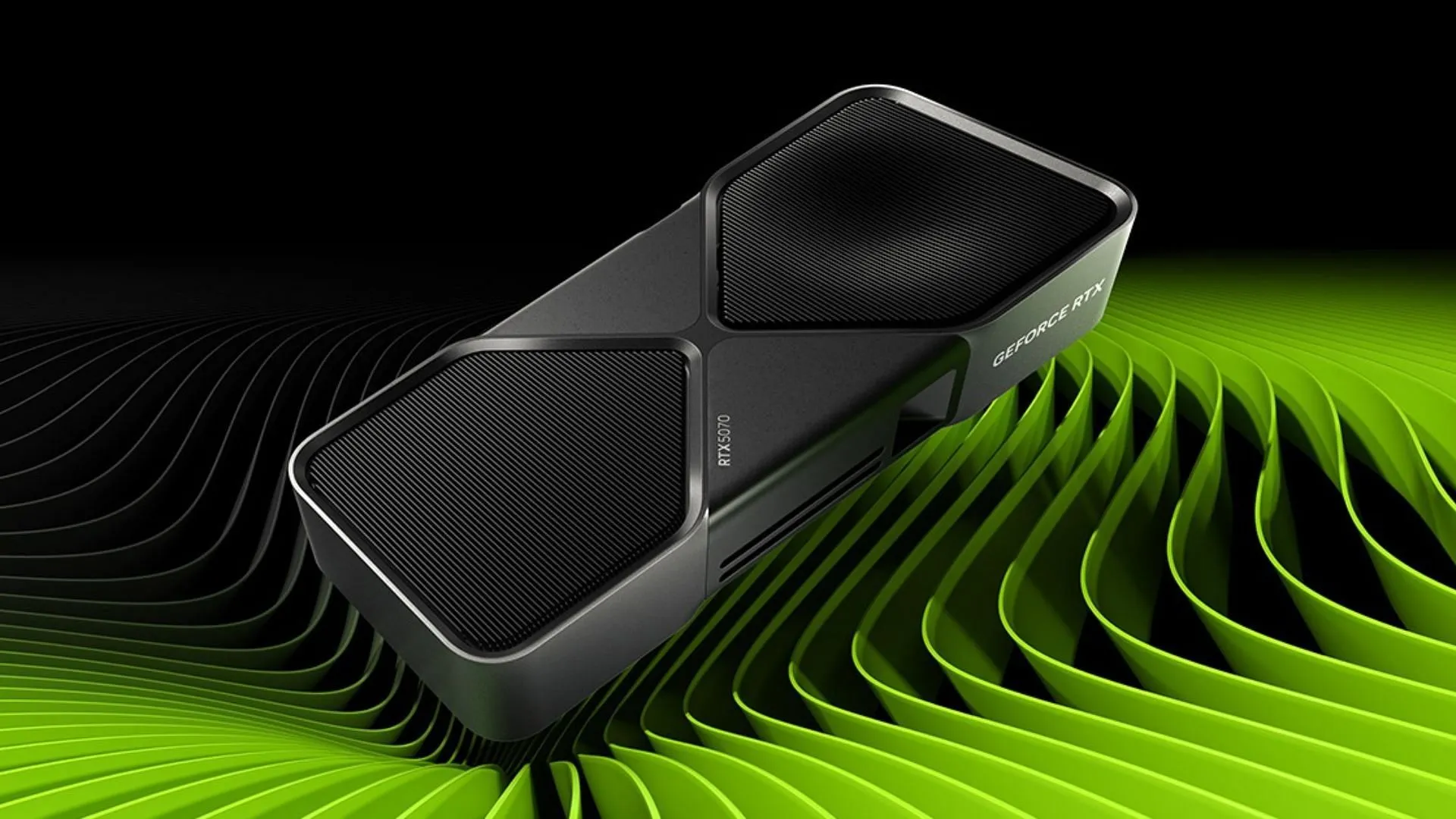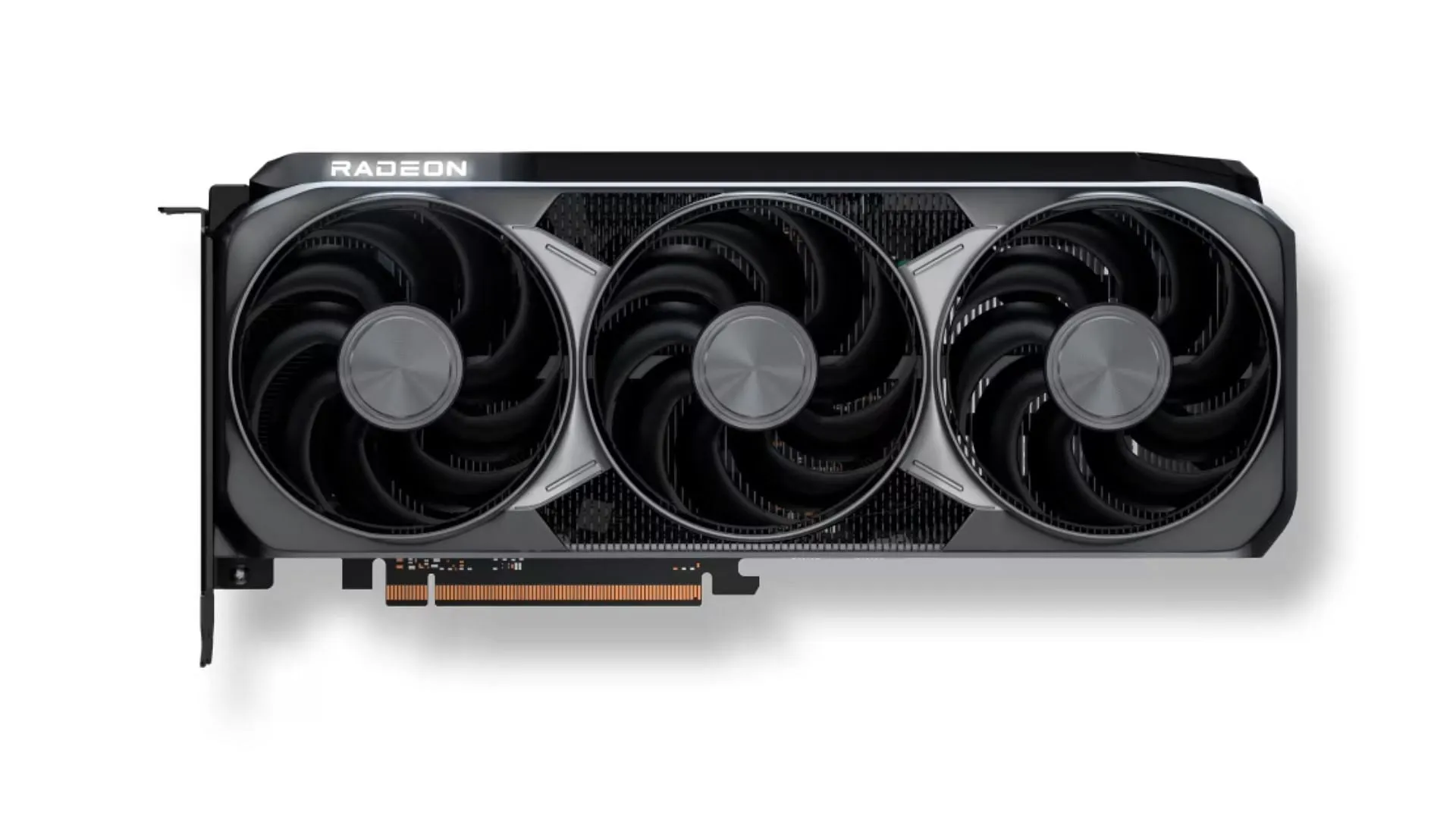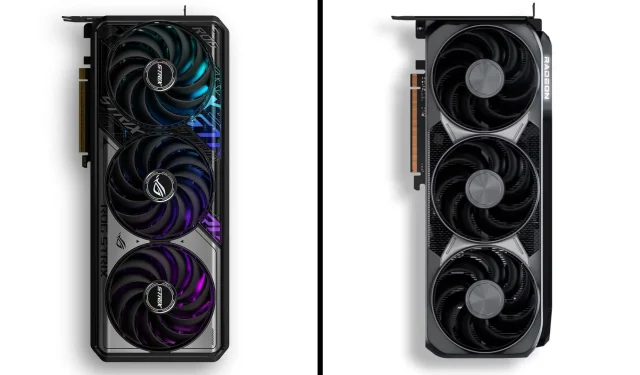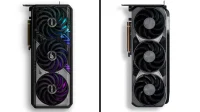The Nvidia RTX 5070 Ti and AMD Radeon RX 9070 XT are two prominent contenders in the high-end graphics card market, specifically designed for the mid-premium segment. Nvidia positions its RTX 5070 Ti as a robust option for 1440p gaming, sitting just below the powerhouse offerings of the 5080 and 5090. Meanwhile, AMD champions the 9070 XT as its flagship model for this generation. Given the potential for future releases of a 9080 and 9090, the 9070 XT currently represents Team Red’s best mid-tier option.
The introduction of similar naming conventions by both companies prompts a crucial inquiry: which of these GPUs truly excels in the 70-class category for gamers? This article aims to delve deeper into the specifications and performance of each card to provide clarity.
High-End Performance of the 5070 Ti and 9070 XT

Both the Nvidia RTX 5070 Ti and the AMD Radeon RX 9070 XT are designed as some of the fastest graphics cards available, capable of handling even the most demanding games at ultra settings without noticeable performance issues. Nevertheless, they feature distinct differences that are essential for potential buyers to consider.
Specifications Breakdown
These two GPUs operate on fundamentally different architectures, with Nvidia harnessing its advanced Blackwell technology while AMD leverages its RDNA 4 architecture. Such variations make a direct specification comparison challenging, but these details provide insight into their capabilities.
The RTX 5070 Ti boasts an impressive array of features, including:
- CUDA Cores: 8,960
- Ray Tracing Cores: 70
- GDDR7 VRAM: 16 GB
With these specifications, the 5070 Ti can deliver approximately 10% enhanced performance over the previous-gen 4070 Ti Super in native rendering tasks. Notably, advancements in DLSS 4 with multi-frame generation and transformer-enhanced upscaling contribute significantly to its overall performance.
On the other hand, the Radeon RX 9070 XT, based on the Navi 48 XTX graphics processor, features:
- Shading Units: 4,096
- Compute Units: 64
- RT Accelerators: 64
- GDDR6 VRAM: 16 GB (albeit slower)
Specification Table
| Specification | NVIDIA RTX 5070 Ti | AMD Radeon RX 9070 XT |
|---|---|---|
| CUDA Cores / Compute Units | 8,960 CUDA Cores | 64 Compute Units |
| Ray Tracing (RT) Cores | 70 RT Cores | 64 RT Accelerators |
| AI/Tensor Cores | 280 AI Accelerators | 128 AI Accelerators |
| Peak AI Performance (TOPS) | 1,406 TOPS | 1,557 TOPS |
| Boost Clock Speed | 2.45 GHz | 2.97 GHz |
| Memory | 16GB GDDR7 | 16GB GDDR6 |
| Memory Bus Width | 256-bit | 256-bit |
| Memory Bandwidth | 896GB/s | ~512GB/s |
| TDP (Power Consumption) | 300W | 304W |
| Connectivity | PCIe 5.0 x16 | PCIe 5.0 x16 |
| Display Outputs | DisplayPort 2.1b, HDMI 2.1b | DisplayPort 2.1a, HDMI 2.1b |
| Price (MSRP) | $749 | $599 |
There is a notable price disparity between the RTX 5070 Ti and the RX 9070 XT. Nvidia’s offering comes with a $749 price tag, while AMD’s competitive pricing at $599 provides an attractive option for budget-conscious gamers.
Performance Evaluation

Performance is often the deciding factor for gamers considering a graphics card upgrade. Both the RTX 5070 Ti and RX 9070 XT showcase impressive capabilities, yet the real performance metrics will influence consumers’ purchasing decisions. Nvidia’s established ray tracing technology and DLSS 4 multi-frame generation give it a leading edge in this arena.
Here is a comparison of frame rates across various popular titles, with data sourced from the YouTube channel Testing Games:
| Nvidia RTX 5070 Ti | AMD Radeon RX 9070 XT | |
| Red Dead Redemption 2 | 117 FPS | 109 FPS |
| S.T.A.L.K.E.R. 2 | 77 FPS | 68 FPS |
| Ghost of Tsushima | 111 FPS | 110 FPS |
| Star Wars Outlaws | 72 FPS | 65 FPS |
| Cyberpunk 2077 | 109 FPS | 101 FPS |
| Cyberpunk 2077 w/ RT | 61 FPS | 45 FPS |
| Forza Horizon 5 | 167 FPS | 171 FPS |
| Kingdom Come Deliverance 2 | 88 FPS | 62 FPS |
| God of War: Ragnarok | 151 FPS | 135 FPS |
| Silent Hill 2 | 79 FPS | 59 FPS |
| Horizon Forbidden West | 114 FPS | 113 FPS |
| Black Myth: Wukong | 55 FPS | 47 FPS |
In discerning their performance, the RTX 5070 Ti shows a notable advantage, outperforming the RX 9070 XT by an average of 14.92%. In particular, in demanding titles like Cyberpunk 2077, the performance gap expands to an impressive 35.6%. Games such as Kingdom Come Deliverance 2 and Silent Hill 2 showcase even larger margins of 41.9% and 33.9%, respectively.
Both cards deliver playable frame rates in the latest gaming titles at QHD resolutions, but their 4K capabilities reveal a crucial difference. Nvidia’s advantage in DLSS 4 multi-frame generation enhances its appeal, a feature still lacking in AMD’s offerings.
Ultimately, the Nvidia RTX 5070 Ti and AMD Radeon RX 9070 XT each bring unique strengths and weaknesses to the table. Although Nvidia excels in 4K performance and ray tracing prowess, AMD’s pricing strategy makes the RX 9070 XT an attractive prospect. At 1440p, both GPUs can achieve satisfactory frame rates at high settings, making the RX 9070 XT an optimal choice for many gamers.
However, for those interested in leveraging AI models, indulging in 4K gaming, or benefitting from exclusive Nvidia features like CUDA, the RTX 5070 Ti could justify its higher price point.


